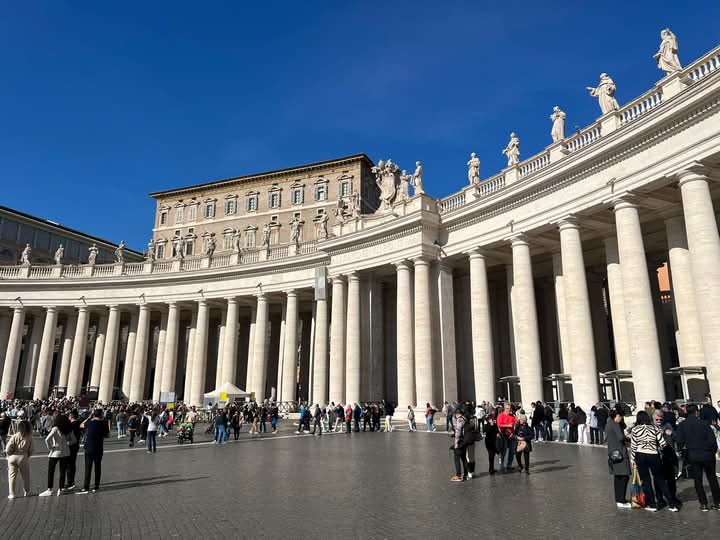- By Funsho Aina
Graeco-Roman mythology holds a certain fascination for every student of history like myself, which is why I have always wanted to visit Rome and Athens in Greece. So having exhaustively explored the former, I headed to the land of Aristotle, Plato, Socrates and Herodotus, who is widely regarded as the ‘Father of History.’ I can still remember the timbre of Dr. Saka Balogun’s voice, carrying on about this in our ‘History 101’ class as freshmen at the University of Ilorin in 1988. Anyway, there are other ‘Fathers’ too like ‘Thales of Miletus’ (the Father of Science) and Hippocrates (the Father of Medicine) – to this day, newly-inducted medical doctors still swear an oath in this man’s name, over 2,000 years after he died around 370BC. Fascinating!
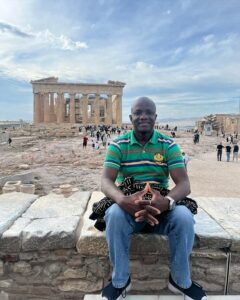
But of course, we also have all the other great Greek philosophers, mathematicians, inventors, writers (mostly tragedians – remember Sophocles’ ‘Oedipus Rex’?) and ancient original thinkers like Archimedes, Pythagoras, Pericles, Ptolemy and a host of others. I am sure many people in my generation will not forget Mr. ‘Pythagoras’ in a hurry because the ‘notorious’ theorem, named after him, tortured our lives endlessly back in the day. Sigh. Beyond all these, however, I was particularly excited about visiting the country of the people who invented Democracy and the Olympics! I was also spun giddy by the mere thought of experiencing first-hand the aura of the famous ‘12 Greek gods,’ led by Zeus; with others including Hera, Poseidon, Demeter, Athena, Apollo, Artemis, Ares, Hephaestus, Aphrodite, Hermes and Dionysus. Known as ‘Olympians’ because they lived on Mount Olympus, the presence of these deities in human form, is still pervasive in Greece even to this day, through statues, busts, pictures everywhere, and ancient ruins where they once held court. At this stage, a bit of trivia won’t hurt anyone – turns out that ‘Earth,’ is the only planet in the solar system that is not named after either a Greek or Roman god/goddess! Think about it.
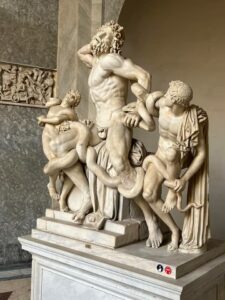
Anyway, the one-stop centre in Athens that embodies most of what I have outlined is ‘The Acropolis,’ which is an ancient citadel, and which like many of the places I visited in Rome and The Vatican, is another UNESCO World Heritage site. There is hardly anywhere you are in Athens that you will not see the Acropolis, even from a far distance. This is because it sits majestically on the highest hill, smack in the middle of the city, rising about 150m (490 ft) above sea level, with a surface area of about 7.4 acres. I remember standing at the very top and having a 360-degree view of the whole of Athens, even seeing as far as the Aegean sea in the distance! Incredibly fascinating!
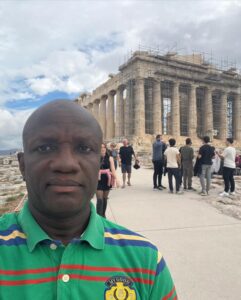
The Acropolis contains the remains of several buildings and monuments that are thousands of years old, all of which have great architectural and historical significance, the most famous being ‘The Parthenon.’ The word is from the Greek words – ἄκρον/akron, which means ‘highest point’ and πόλις/polis (city).
At the entrance to the place is a massive gateway termed the Propylaea. To the south of the entrance is the ‘Temple of Athena Nike.’ But the real centre of attraction can be found in the middle of all the ruins, and that is the ‘Parthenon’ or ‘Temple of Athena Parthenos’ (Athena the Virgin). East of the entrance and north of the Parthenon is the temple known as the Erechtheum, and somewhere further down, is what’s left of the ‘Theatre of Dionysus.’
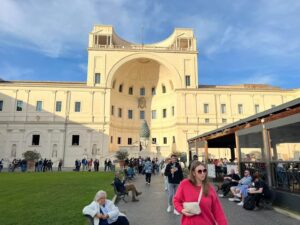
Built in the 5th century BC in thanksgiving for the Hellenic victory over Persian Empire invaders during the Graeco-Persian Wars, the Parthenon is a former temple dedicated to the goddess, Athena. Its huge columns, porticos and decorative sculptures are considered some of the high points of classical Greek art. The iconic structure is also considered an enduring symbol of Ancient Greece, democracy and Western civilization.
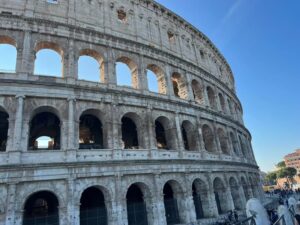
Walking through the ruins, and touching the ancient stones is an otherworldly experience, I tell you. Hope you get that sense from the pictures.
•Aina is Senior Manager External Relations MTN


